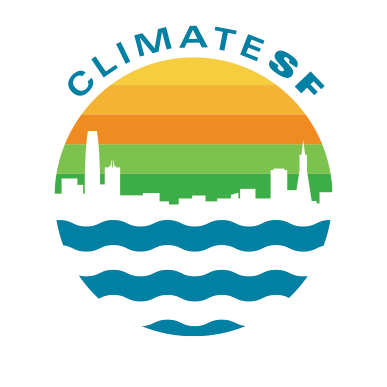ClimateSF is a collection of unified city principles, planning efforts, and capital funding that enhance climate resilience and seeks to maximize the efficacy, efficiency, and community benefits of needed public investments in these areas. ClimateSF promotes an equitable, safe, and healthy city for generations to come, and ensures good governance and public engagement along the way.
ClimateSF Vision
Make San Francisco resilient to immediate and long-term threats of climate change and natural hazards through actions to mitigate risk, adapt built and natural assets, and build a more equitable and sustainable city.
Ensure systems are in place so that individuals, communities, institutions, and businesses survive, adapt, and thrive no matter the kinds of chronic stresses and acute shocks they experience.
Coordinate and support the City’s Climate Action Plan, which outlines urgent strategies needed to reduce greenhouse gas emissions and minimize the severity of climate change and its associated impacts.
The Intersection of Climate Adaptation, Mitigation, and Resilience
Building a climate-resilient San Francisco requires us to both safeguard against current and future environmental hazards as well as eliminate and sequester harmful emissions. We need to adapt the way we build to address hazards such as sea level rise, extreme heat, wild fires and water scarcity. We need to mitigate the harmful human-made impacts to the environment through solutions such as renewable energy, zero emission mobility, affordable and healthy housing, and responsible consumption. A truly resilient San Francisco connects people with buildings, infrastructure and nature, all in one harmonious ecosystem, resulting in healthy, equitable communities.
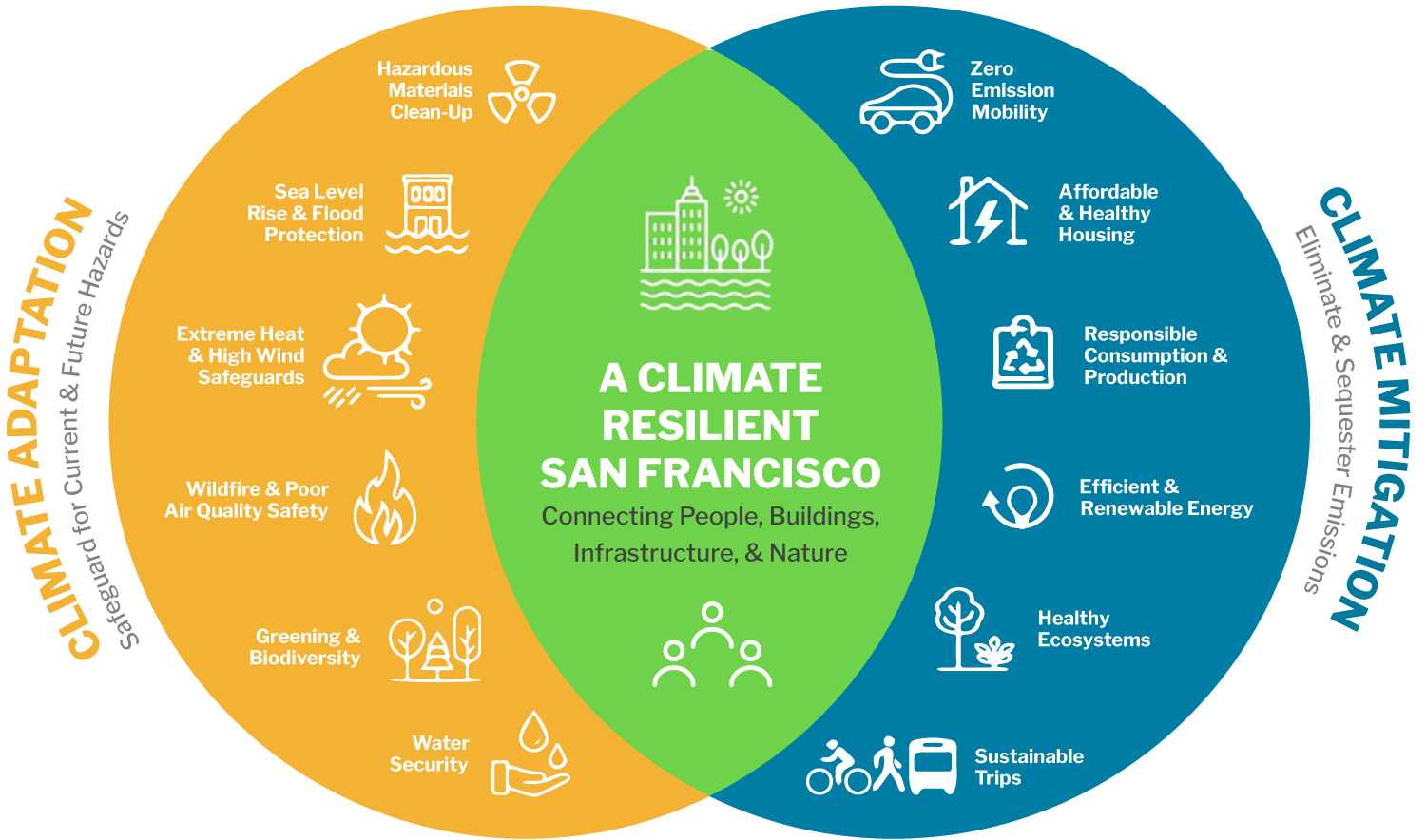
ClimateSF: Programs and Plans
ClimateSF brings together key City agencies whose services could be critically impacted by climate change. These agencies are taking collective action through planning, policy, and guidance, championing a coordinated vision on climate resilience that streamlines City responses and promotes an equitable, safe, and healthy city for generations to come. The following programs and plans are representative of this coordinated effort.
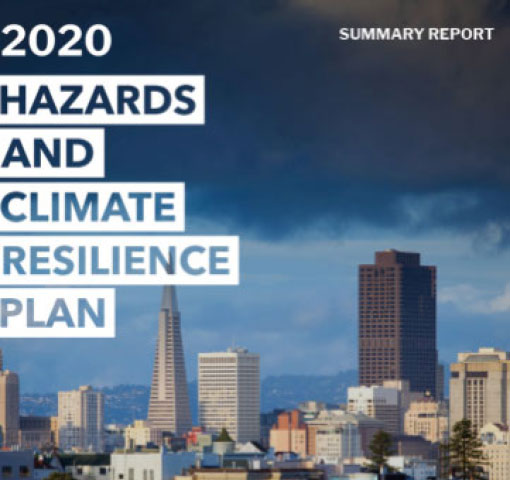
The Office of Resilience and Capital Planning’s Hazards and Climate Resilience Plan captures and makes available our latest understanding of how hazards are intensifying due to the climate crisis and what we can expect in the years to come. It presents a detailed strategy for how San Francisco will become a safer and more resilient place by mitigating the impacts of seismic and climate hazards to our communities, buildings, and infrastructure, and adapting to what we cannot mitigate.
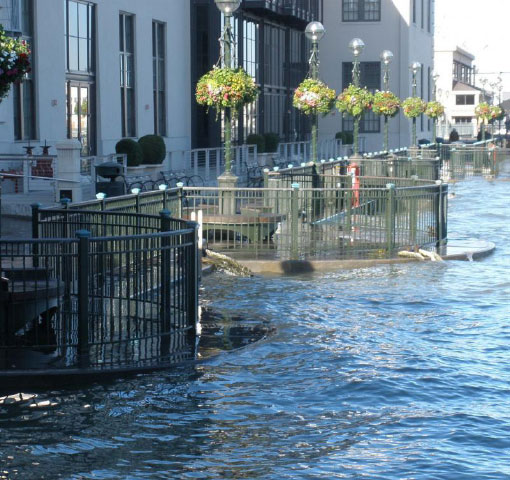
San Francisco faces coastal flood risks today. These risks will increase in the future due to sea level rise and extreme storms, threatening buildings, small businesses, jobs, and critical services such as BART and Muni. To defend San Francisco from current and future flood risk, there is a need to adapt shoreline elevations to address 3 to 7 feet of sea level rise expected by 2100. Any effort aimed at long-term sea level rise resilience will also need to strengthen the waterfront against urgent earthquake risk today. The Waterfront Resilience Program works to ensure the waterfront, and its critical regional and citywide assets, are resilient to hazards - and increasingly accessible to everyone it serves.
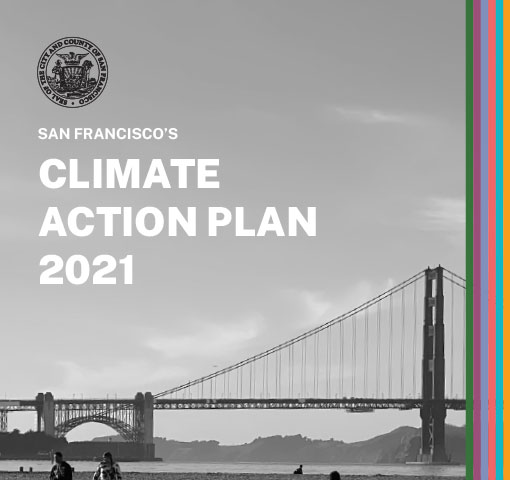
Climate change presents a serious threat to all San Franciscans, especially the most vulnerable. The Department of the Environment’s 2021 San Francisco Climate Action Plan charts a pathway to achieve net zero greenhouse gas emissions by 2040 and works toward addressing racial and social equity, public health, economic recovery, and providing safe and affordable housing to all.
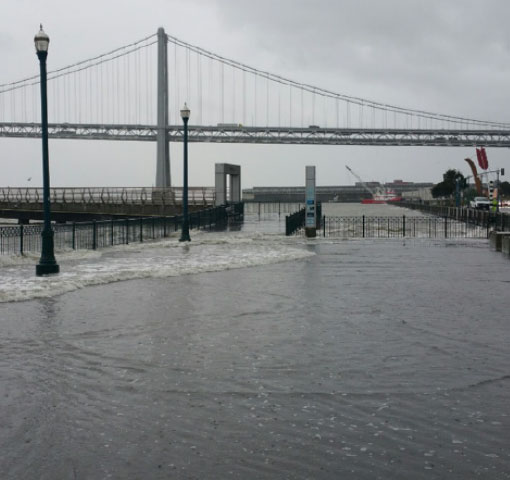
Today’s planning, policy, and project decisions, as well as collective community engagement, are important for enhancing equitable, sustainable, and healthy communities for everyone today and into the future. SF Planning supports enhanced climate resilience through four main avenues: integrated long-range planning and policy development (General Plan, area plans, inter-agency strategies), early interface with projects in the built environment (regulatory processes and Planning Code), tools (Sustainable Neighborhood and Environmental Justice frameworks), and horizontal and vertical design review (major development application projects).
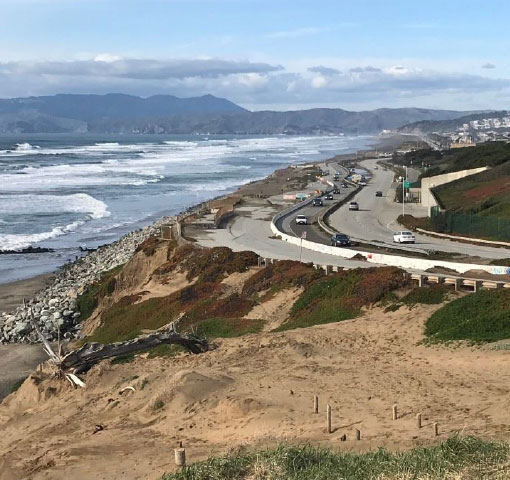
The San Francisco Public Utilities Commission is leading the Ocean Beach Climate Adaptation Project as well as providing clean, affordable, and reliable electricity for thousands of San Francisco residents and businesses. The Ocean Beach Climate Adaptation Project includes concepts developed through the Ocean Beach Master Plan to address climate induced sea level rise and elements such as managed retreat, structural protection of critical wastewater infrastructure, access and recreation improvements, and beach nourishment through the placement of sand.
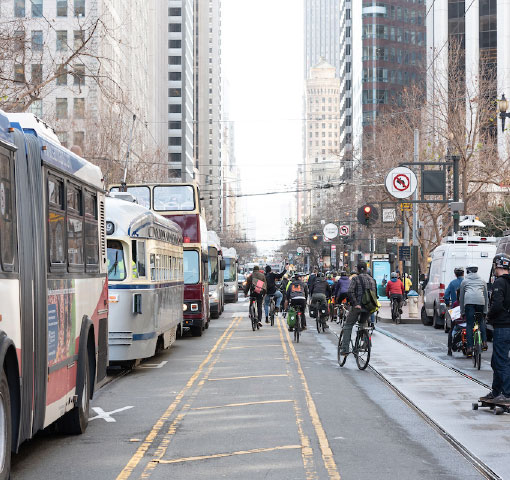
It is the vision of the Sustainability and Climate Action Program at the San Francisco Municipal Transportation Authority (SFMTA) to ensure that the work of the agency helps to improve the quality of life and the environment in San Francisco and the region. The SFMTA is already blazing the trail in the reduction of transportation-related greenhouse gas emissions. In conjunction with our city partners, we are committed to continuing to implement critical programs that will enable the city to reach its environmental goals and further reduce emissions, resource consumption and identify greener choices for private vehicles.
Additional Resources
The following is a list of other significant City programs and plans also responding to, and impacted by, climate change.
The Office of Resilience and Capital Planning: Capital Plan
The City’s 2022-31 Capital Plan, published by The Office of Resilience and Capital Planning, captures a decade of infrastructure, construction, and maintenance and includes funding for climate-resilient infrastructure. Read more
Heat and Air Quality Resilience Project
The Heat and Air Quality Resilience Project (HAQR), a project of ClimateSF, is a cross-sectoral initiative involving all the public, private, community, and academic stakeholders to identify, plan, and implement medium-to-long term extreme heat and wildfire smoke resilience strategies. Read more
Safety and Resilience Element
San Francisco Planning’s Safety and Resilience Element update will provide a comprehensive set of policies for minimizing San Francisco’s contribution to the climate crisis and ensuring local resilience to multiple hazards. Read more
Sea Level Rise Guidance
The Office of Resilience and Capital Planning has established a projected zone of vulnerability to inundation that could result in Sea Level Rise (SLR) plus a 100-year storm by 2100. Departments responsible for proposed projects within this zone will need to address adaptive capacity by completing an SLR checklist. Read more
Sea Level Rise Vulnerability and Consequences Assessment
San Francisco Planning’s Sea Level Rise Vulnerability and Consequences Assessment describes the vulnerability of public buildings and infrastructure to SLR and coastal flooding as well as the consequences on people, the economy, and the environment. Read more
Our Core and Partner Agencies
ClimateSF is led by the Mayor’s Office, Office of Resilience and Capital Planning (ORCP), Planning Department (Planning), Department of the Environment (SFE), Port of San Francisco (Port), and Public Utilities Commission (SFPUC). In addition to these core agencies, it includes key partner agencies like the Municipal Transportation Authority (SFMTA), Department of Public Health (DPH), and Public Works, whose services both help reduce greenhouse gas emissions and could be critically impacted by climate hazards.

![]()
![]()



![]()
![]()



